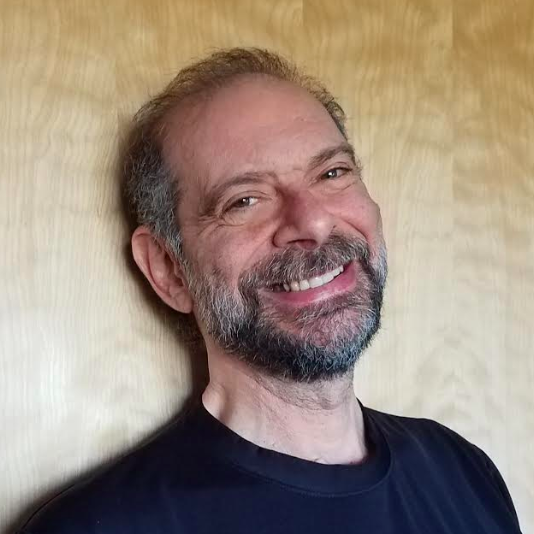Think of how much energy it takes to stop a moving subway train as it screeches into each and every station along its route. Right now, that energy is mostly dissipated as heat and noise. Imagine being able to capture some of that energy so that it can be used again. That’s exactly what that Vycon, a California company, proposes to do with it in its Regen (short for regeneration) energy storage system. They call it “energy recycling.”
The technology is based on an idea that is over a thousand years old: the flywheel. Origins of the flywheel can be traced back to the eleventh century Andalusian agronomist Ibn Bassal who described a flywheel being used in a water wheel machine. The machine transfered mechanical energy from draft animals onto a wheel designed for pumping water.
The flywheel, which is always a fairly massive disk, utilizes Newton’s principle of inertia, which states that an object in motion remains in motion. This principal is one of the reasons the motion of a rotating machine smooths out. Flywheels are common in cars, generally used at the interface between the transmission and the engine where they smooth out the jerkiness of the power that comes from the pistons going up and down in the cylinders.
When coupled with magnets and coils of wire, flywheels can become electrical generators, like the ones attached to gas or steam or water turbines in most power plants.
The same principle is also used in regenerative braking, a feature that contributes to the excellent fuel economy found in most hybrid cars. With regenerative braking, instead of using brake pads and rotors to stop the car using friction, which generates heat, they use the wheels as generators. Magnets run through coils of wire attached to the car’s frame, so that instead of heat energy being transferred from the motion of the car, electrical energy is produced, which goes back into the battery where it can be used again to keep the car moving.
This is quite similar to what Vycon does with it’s Regen products, as this video shows:
http://youtu.be/qlZ6G0nmfBc
The energy of the moving train is transferred to the flywheel, which can spin for a long time. Thus, energy is stored until it is needed, perhaps to get the same train moving again once passengers have loaded. According to the company, up to 90% of the energy can be recovered. This is a great way to generate savings, especially considering how many trains run every day in so many cities.
The idea of recapturing a train’s kinetic energy is not entirely new, but earlier systems only captured 30-50 percent of the energy and they were quite expensive. Other companies, such as Viridity Energy in Philadephia, are pursuing similar opportunities using large batteries.
But Vycon claims that flywheels are greener than batteries because they contain no dangerous chemicals, and they last longer.
What other opportunities are there? Anytime you have a large heavy object, either slowing down or being lowered from some height, significant mechanical energy is released. Generally it's not recaptured in other words, being wasted. So Vycon is also looking at applying their technology to elevators and the large freight cranes that are used to load ships.
[Image credit: martinpalmer, Flickr]
RP Siegel, PE, is the co-author of the eco-thriller Vapor Trails, the first in a series covering the human side of various sustainability issues including energy, food, and water. Like airplanes, we all leave behind a vapor trail. And though we can easily see others’, we rarely see our own.
Follow RP Siegel on Twitter.

RP Siegel (1952-2021), was an author and inventor who shined a powerful light on numerous environmental and technological topics. His work appeared in TriplePundit, GreenBiz, Justmeans, CSRWire, Sustainable Brands, Grist, Strategy+Business, Mechanical Engineering, Design News, PolicyInnovations, Social Earth, Environmental Science, 3BL Media, ThomasNet, Huffington Post, Eniday, and engineering.com among others . He was the co-author, with Roger Saillant, of Vapor Trails, an adventure novel that shows climate change from a human perspective. RP was a professional engineer - a prolific inventor with 53 patents and President of Rain Mountain LLC a an independent product development group. RP was the winner of the 2015 Abu Dhabi Sustainability Week blogging competition. RP passed away on September 30, 2021. We here at TriplePundit will always be grateful for his insight, wit and hard work.














